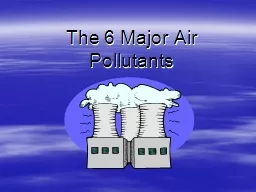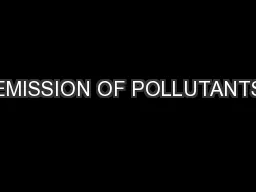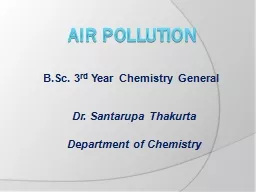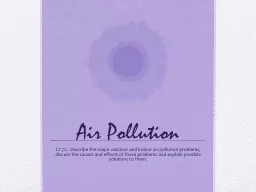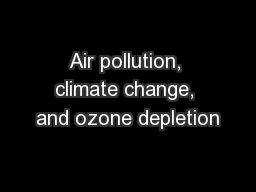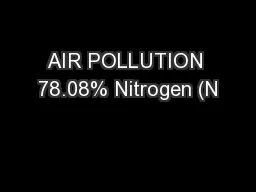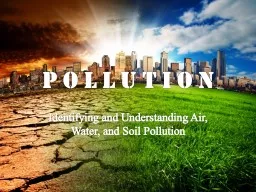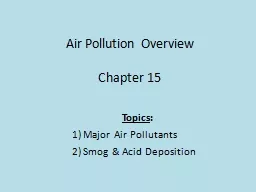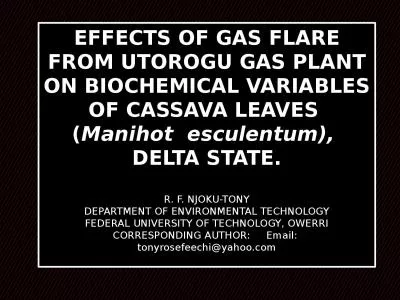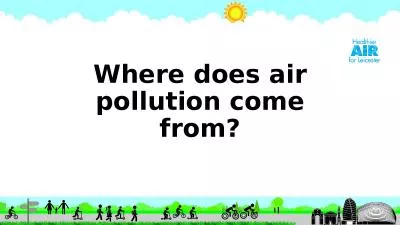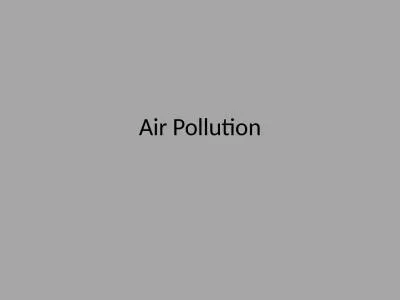PPT-The 6 Major Air Pollutants
Author : mitsue-stanley | Published Date : 2018-02-03
OZONE A gas that forms in the atmosphere due to the burning of fossil fuels gas diesel coal wood Can be good up in the atmosphere by protecting humans from UV rays
Presentation Embed Code
Download Presentation
Download Presentation The PPT/PDF document "The 6 Major Air Pollutants" is the property of its rightful owner. Permission is granted to download and print the materials on this website for personal, non-commercial use only, and to display it on your personal computer provided you do not modify the materials and that you retain all copyright notices contained in the materials. By downloading content from our website, you accept the terms of this agreement.
The 6 Major Air Pollutants: Transcript
Download Rules Of Document
"The 6 Major Air Pollutants"The content belongs to its owner. You may download and print it for personal use, without modification, and keep all copyright notices. By downloading, you agree to these terms.
Related Documents

